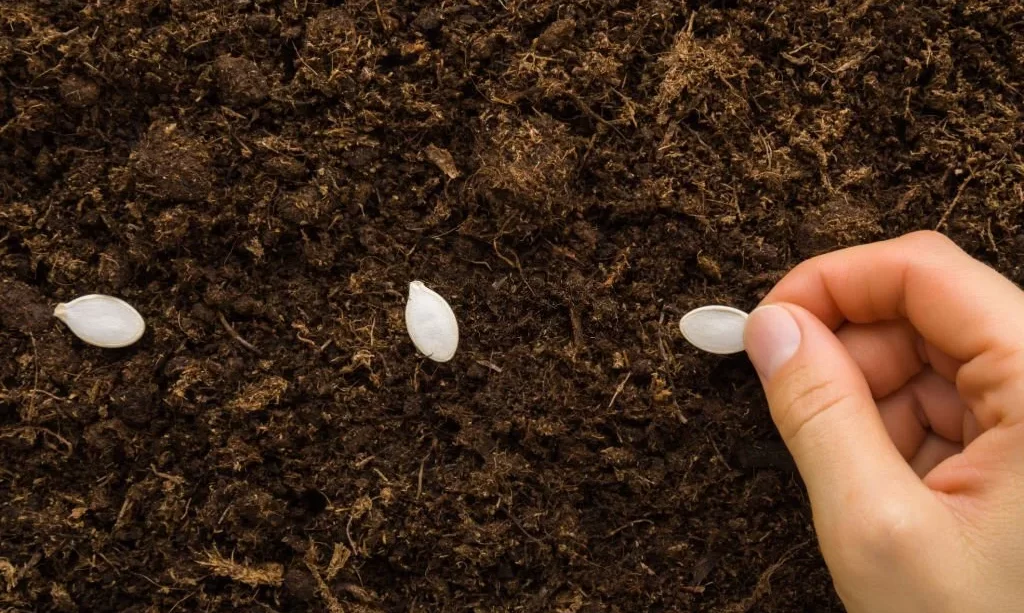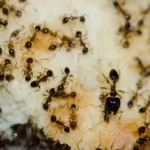Squash, with its diverse shapes, vibrant colors, and delicious flavors, graces the gardens and plates of many around the world. If you’re a squash enthusiast looking to nurture the legacy of your favorite varieties or share the joy of growing squash with others, learning how to save squash seeds is a valuable skill. In this comprehensive guide, we’ll lead you through the art of saving squash seeds, ensuring that you preserve the essence of your cherished squash plants and continue to reap their bounty year after year.
- Quality Winter Squash seeds packaged by Seed Needs. Intended for the current and the following growing season. Packets are 3.25″ wide by 4.50″ tall and come with a full colored illustration on the front side, as well as detailed sowing instructions on the reverse.
- Winter Squash will develop over the summer months and into the early Autumn season. They are particularly great for baking pies.
- Many of the varieties within this assortment will be ready for harvest in about 105 – 115 days after first sprouts appear.
- The Winter Squash seed packets included in this set are Delicata, Table Queen Acorn, Table King Acorn, Green Hubbard, Sweet Meat and Sweet Dumpling.
- All Winter Squash seeds sold by Seed Needs are Non-GMO based seed products and are intended for the current & the following growing season. All seeds are produced from open pollinated plants, stored in a temperature controlled facility and constantly moved out due to popularity.
Choose the Right Squash
The journey of saving squash seeds begins with a thoughtful selection of the squash you wish to save seeds from. Here are some key considerations:
- Open-Pollinated Varieties: Opt for open-pollinated or heirloom squash varieties. These are ideal for seed saving because they reliably produce offspring that closely resemble the parent plant in terms of taste, appearance, and other characteristics.
- Isolate Varieties: To prevent unwanted cross-pollination between different squash varieties, consider isolating your chosen squash plant. This can be achieved by growing only one type of squash variety within a certain distance from others (usually at least 1/2 mile or 0.8 km) or by using physical barriers like row covers. For some, hand pollination techniques may also be an option.
Selecting the right squash variety and ensuring it remains true to its type during the growing season are essential initial steps in the seed-saving journey, setting the stage for successful seed preservation.
Harvest Mature Squash
Once you’ve chosen the right squash variety, it’s crucial to allow the squash to reach full maturity before harvesting:
- Wait for Ripeness: Patience is key. Let the squash continue to grow beyond the stage when it’s typically harvested for culinary use. Mature squash should have tough, hard skin and reach their peak ripeness while still on the vine.
- Harvest with Care: When you’re confident that the squash is fully mature, carefully cut it from the vine using sharp pruning shears or a knife. Leave a short stem attached to the squash; this stem will make handling and storing the squash easier.
Extract and Clean the Seeds
Once you’ve harvested mature squash, follow these steps to successfully extract and clean the seeds for saving:
- Cut Open the Squash: Begin by slicing the mature squash open lengthwise using a clean knife.
- Scoop Out Seeds and Pulp: Use a spoon to scoop out the seeds along with the surrounding pulp. Collect both seeds and pulp in a container or bowl.
- Fermentation Process: Place the collected seeds and pulp in a bowl or container, and add water. Allow this mixture to ferment for about 3-4 days. Stir it daily to help break down the pulp surrounding the seeds.
- Rinse and Dry: After the fermentation period, rinse the seeds thoroughly under running water, removing any remaining pulp. Spread the cleaned seeds on a paper towel or screen to air dry completely. Ensure they are thoroughly dry before storing to prevent mold or mildew.
Following these steps for extracting and cleaning squash seeds ensures that you obtain viable seeds that are ready for storage and future planting. The fermentation process not only cleans the seeds but also helps break down any potential pathogens, contributing to healthier plants in the future.
Store the Seeds
Proper storage is crucial to maintain the viability of your saved squash seeds for future planting:
- Label and Package: Place the dried squash seeds in labeled envelopes or small, airtight containers. Make sure to include essential information such as the squash variety, the date of seed collection, and any specific notes about the plant’s performance or characteristics.
- Cool and Dry Location: Store the seed envelopes or containers in a cool, dry, and dark place. A consistent temperature is essential for maintaining seed viability. A refrigerator or freezer can be suitable for long-term storage, but make sure the seeds are completely dry to prevent moisture damage.
Test for Viability
Before you plant saved squash seeds, it’s wise to conduct a viability test to ensure their germination potential:
- Seed Viability Test: Place a few seeds from your saved batch on a damp paper towel. Keep them in a warm location. Check for germination within a week or so. This simple test will reveal if the seeds are still viable and capable of sprouting.
Conclusion
Saving squash seeds is a rewarding and sustainable practice that allows you to continue growing your favorite squash varieties, preserve their unique traits, and share them with fellow gardeners. By carefully selecting mature squash, extracting and cleaning the seeds through fermentation, storing them correctly with proper labeling, and conducting a viability test, you can ensure a bountiful future harvest of healthy and delicious squash. With each planting season, you’ll not only reap the fruits of your labor but also nurture the enduring legacy of your cherished squash plants. Happy seed saving and gardening!




